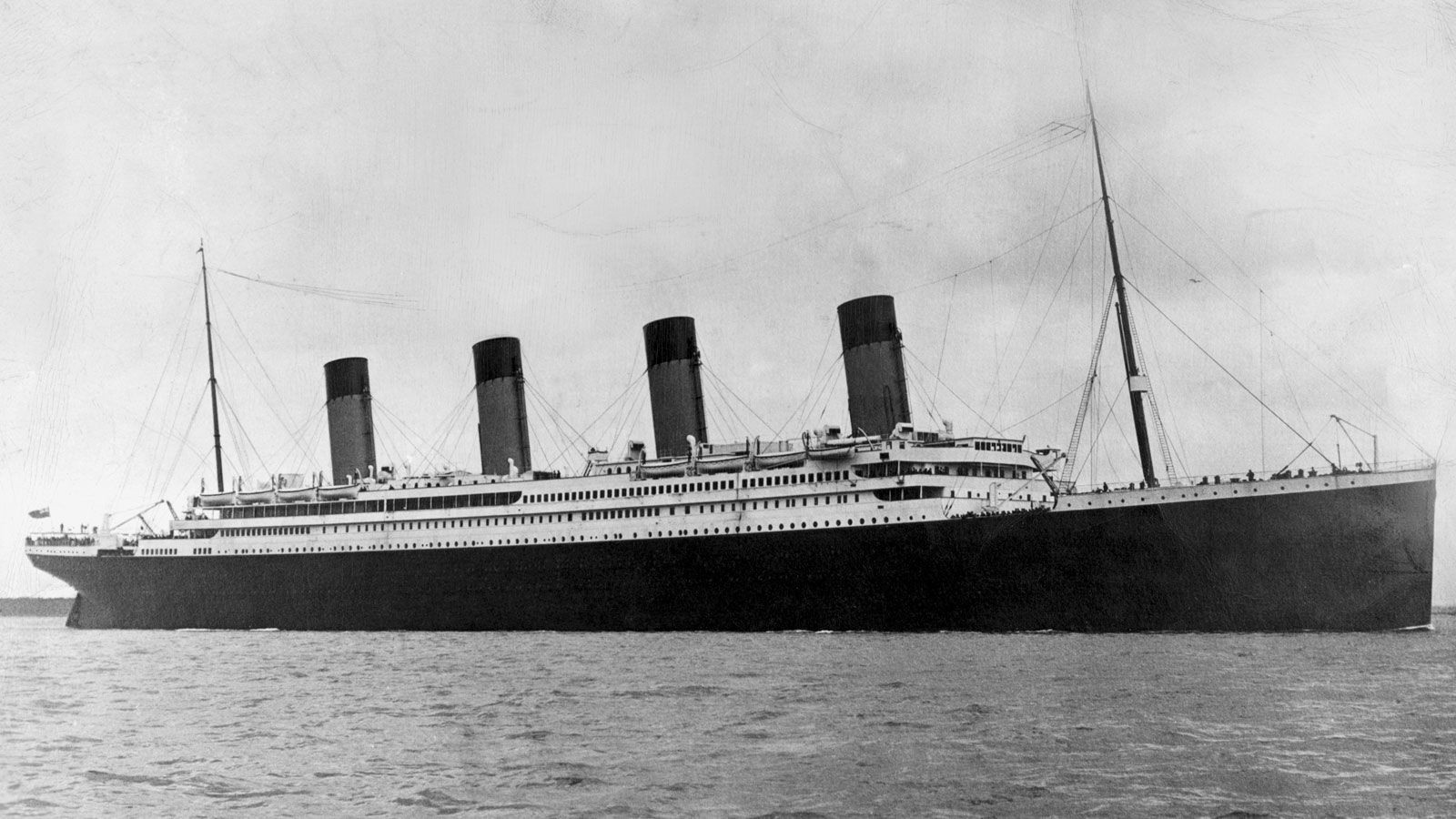Edward John Smith, born on January 27, 1850, in Hanley, Staffordshire, England, and tragically lost at sea on April 15, 1912, remains a pivotal figure in maritime history. Best known as the captain of the ill-fated RMS Titanic, Edward John Smith had a long and distinguished career at sea before his name became synonymous with one of the 20th century’s most devastating disasters. This article delves into the life and career of Edward John Smith, exploring his journey from a young boy with a passion for the sea to the captain of the world’s largest passenger liner.
Smith’s maritime journey began in his teenage years, reflecting a deep-seated ambition to navigate the world’s oceans. His dedication and skill led him to earn a master’s certificate in 1875, a crucial qualification that paved the way for his ascent to captaincy. In 1880, he joined the prestigious White Star Line as a junior officer, marking the start of a long and fruitful association with the company. By 1887, Edward John Smith achieved his first command, a significant milestone in his burgeoning career.
 The Titanic
The Titanic
RMS Titanic, the White Star Line ship commanded by Captain Edward John Smith, pictured here at sea.
Throughout his tenure with the White Star Line, Captain Edward John Smith commanded numerous vessels, navigating various routes and carrying countless passengers. His career, however, was not without incident. Several ships under his command ran aground, and notably, in 1911, while captaining the RMS Olympic, he was involved in a significant collision with the British cruiser HMS Hawke near the Isle of Wight. Both vessels sustained considerable damage, yet Smith retained the confidence of his employers and the affection of his passengers.
Edward John Smith earned the moniker “Millionaire’s Captain,” a testament to his immense popularity among wealthy travelers. His calm demeanor, experienced leadership, and courteous nature made him a favorite choice for the White Star Line’s elite clientele. This reputation led to his appointment as the senior captain for the White Star Line, a position of considerable prestige and responsibility. In 1912, Smith transitioned from commanding the Olympic to taking charge of the newly launched Titanic for its maiden voyage. This transatlantic journey from Southampton, England, to New York City was intended to be the pinnacle of his career, marking his retirement after a final, glorious voyage.
On April 10, 1912, the RMS Titanic embarked on its maiden voyage under the command of Captain Edward John Smith. Days into the journey, as the Titanic entered the colder waters of the North Atlantic, iceberg warnings began to reach the ship. Smith altered course in response to these warnings, but crucially, maintained the ship’s high speed. On the fateful night of April 14, Edward John Smith was not on the bridge when the Titanic struck an iceberg. Summoned immediately, he assessed the situation and, after consultation with the ship’s designer, Thomas Andrews, it became clear the Titanic was doomed.
In the aftermath of the collision, Captain Smith oversaw the chaotic evacuation efforts. The Titanic sank in the early hours of April 15, 1912, resulting in the loss of approximately 1,500 lives, including Edward John Smith himself. He was last seen on the bridge, steadfast in his duty as his ship succumbed to the ocean. Despite accounts of heroic actions in his final moments, including a dismissed report of him saving a child, Captain Smith‘s body was never recovered.
The actions of Edward John Smith during the Titanic’s voyage have been subject to intense scrutiny and debate in the years following the disaster. Some critics argue that his decision to maintain speed despite iceberg warnings was a critical error. Others contend that, based on the maritime practices of the time and his extensive experience, he might have genuinely believed he could navigate the ship to safety. His absence from the bridge as the Titanic entered the ice field has also been questioned. Regardless of these debates, Edward John Smith remains a central, if tragic, figure in the narrative of the Titanic, a captain who dedicated his life to the sea and met his end with his ship. His legacy is forever intertwined with the story of the Titanic, serving as a reminder of the immense responsibilities and unpredictable nature of command at sea.

